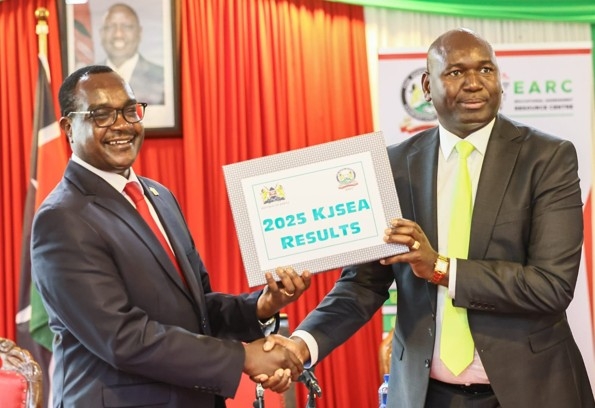Effective communication of government policies is crucial for fostering transparency, public engagement and informed decision-making.
However, this process is not without its risks and difficulties. Balancing comprehensibility and the need for comprehensive coverage poses a significant challenge.
This became very apparent when Housing Principal Secretary Charles Hinga when he gave a media briefing on the government’s affordable housing programme and housing fund.
As well intentioned as it was, several issues contributed to the briefing’s rather lukewarm reception.
The timing
The current state of the economy is heavily influencing Kenyans’ receptivity to this and other great ideas. Any “threats” that results in less money in the pocket are hard-sells.
The technical elements of the scheme and the fund regarding the financing, the deductibles, the time scales and whether it is a tax or a saving compounded the difficulty in understanding the otherwise great programme.
Government policies are often laden with intricate details and technical language, making them inherently complex. The challenge lies in distilling this complexity into clear, concise, and easily understandable language without oversimplifying the content.
Failure to strike this balance may lead to a lack of understanding or even disregard of the policy altogether. However, it is important to note that overly simplified communication may sacrifice the depth and detail necessary to allow Kenyans to make informed decisions.
In one hour eighteen minutes, Hinga attempted to convey too much detail within a limited communication space that may have resulted in information overload. Bombarded with excessive data, the intended audience may have become overwhelmed, leading to confusion and disengagement.
It would have been prudent to prioritise and present the key elements of the programme that are most immediately relevant and impactful to the audience. On this first briefing, PS Hinga should have focused isolated and focused on the most contended elements. The government should the provide other avenues for further exploration and interaction.
The Kenyan audience is diverse with varying levels of knowledge, education and interests. Communicating effectively to such a wide-ranging audience will certainly pose a significant challenge.
The communication approach should consider this segmentation of the audience and tailor the messaging accordingly. Striving for inclusivity and ensuring that key information reaches all stakeholders in a form that is most palatable to each.
Misinterpretation and miscommunication are inherent risks in any communication process, particularly when it comes to complex policy matters. The potential for misinterpretation arises when the message is not adequately crafted or when recipients bring their own biases and preconceptions to the information.
These biases arise from a distrust in government arising from corruption scandals, unfinished and or poorly run projects. Government communication must anticipate these challenges and employ mitigation strategies such as using clear and unambiguous language, providing context, and engaging in open dialogue to address misconceptions.
Another difficulty lies in ensuring that government policies are accessible to all segments of society, including those with limited access to information and resources. Bridging the information gap requires employing diverse communication channels, utilising plain language, visual aids and digital platforms to reach a broader audience.
PS Hinga and the ministry should ensure buy-in from community leaders, civil society organisations and local media in disseminating information effectively.
By embracing the above pubic communication approaches, the PS and team can foster transparency, enhance public engagement, and empower citizens to make informed decisions.
Effective communication of government policies is not a one-size-fits-all endeavour, but rather a dynamic process that evolves with the changing needs of society, and the weighty influence of timing.
Beyond the media brief, the government through the Ministry of Urban Development should adopt a sustained and aggressive dialogue and feedback solicitation and response process, and foster transparency as part of its communication strategy.
Based on the post-brief sentiments and cold(ish) reception, by embracing these practices, the government can bridge the gap between policy formulation and public understanding, fostering trust, participation and informed decision-making.
In an era of rapidly evolving communication technologies, leveraging diverse channels such as digital platforms, social media, traditional media and community engagement initiatives becomes increasingly crucial.
By embracing innovative communication methods, the government can reach a wider audience, enhance accessibility and ensure that policies, specifically the housing programme, are effectively communicated to all segments of society.















